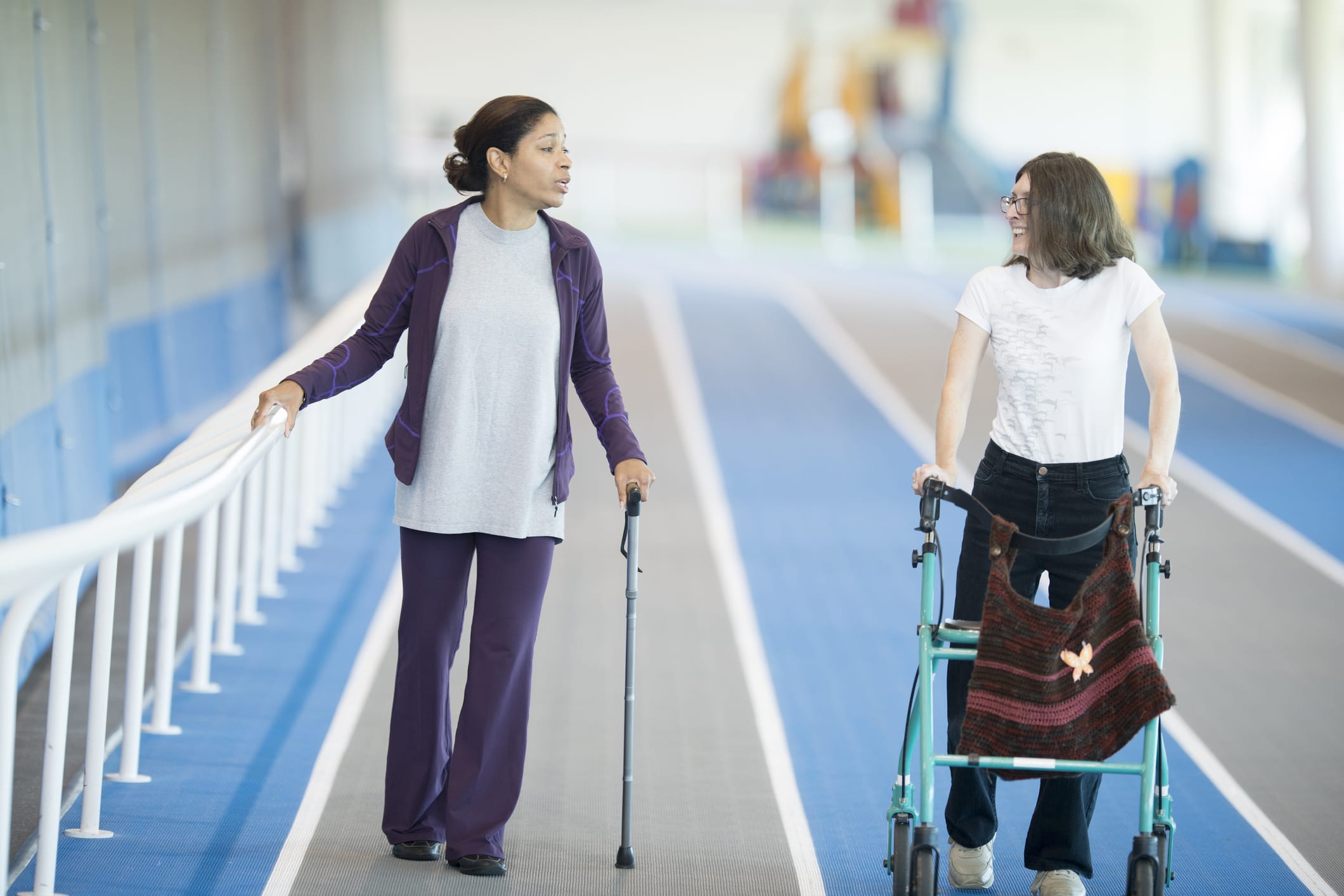Determining Severity: Spasticity Assessments
Assessment of spasticity should encompass physical, functional, and quality of life measures. These should be done from the clinician's, patient's, and caregiver's perspectives. The overactive muscles or muscle groups should be identified and the effect of spasticity on all aspects of patient function, including mobility, employment, and activities of daily living (ADLs), should be determined. Tone, mobility, strength, balance, endurance, pain, quality of life, and the need, if any, for assistive devices should all be considered.1-4
Since spasticity is difficult to quantify, clinical severity scales are useful, including:2
- Ashworth Scale/Modified Ashworth Scale
- Physician's Rating Scale
- Spasm Frequency Scale

An office visit may not provide an adequate picture of overall severity of spasticity. Evaluation and assessment for several hours, at specific times of the day, or over a course of weeks may be necessary.

Assessment of a patient’s function and quality of life are also important to determine since severe spasticity is based on functional limitations and comfort. Knowing if a patient has severe spasticity will ultimately guide treatment and help determine treatment outcomes.
Some tools that may be used to measure function and comfort include:3-7
Note that this is not a complete list of all available assessment tools used to evaluate spasticity, its impact on patients, or its severity. Depending on the cause of the spasticity specific assessment tools may be employed.
Note that patient assessments employ both clinician- and patient-reported tools. It is important to keep in mind that the intensity of spasticity should take into account the clinician’s, patient’s, and caregiver’s perspectives.8 A patient’s self-report may be a more accurate reflection of problematic or severe spasticity.9 That is, severe spasticity is best described as how problematic the spasticity is to the patient or caregiver rather than just a numerical rating on a spasticity assessment measure.8
- Reeves S, Lambeth K. Chapter 15: The role of physical and occupational therapy in the evaluation and management of spasticity. In: Brashear A, Elovic E, eds. Spasticity: Diagnosis and Management. 2nd ed. New York, NY: Demos Medical Publishing, LLC, 2016.
- Walker HW, Hon AJ, Kirschblum S. Chapter 23: Spasticity due to disease of the spinal cord: pathophysiology, epidemiology, and treatment. In: Brashear A, Elovic E, eds. Spasticity: Diagnosis and Management. 2nd ed. New York, NY: Demos Medical Publishing, LLC, 2016.
- Ivanhoe CB, Durand Sanchez AV. Chapter 4: Ancillary findings associated with spasticity. In: Brashear A, Elovic E, eds. Spasticity: Diagnosis and Management. 2nd ed. New York, NY: Demos Medical Publishing, LLC, 2016.
- Elovic E. Chapter 5: Measurement tools and treatment outcomes in patients with spasticity. In: Brashear A, Elovic E, eds. Spasticity: Diagnosis and Management. 2nd ed. New York, NY: Demos Medical Publishing, LLC, 2016.
- Tilton A, Miller D. Chapter 28: Evaluation, treatment, planning, and nonsurgical treatment of cerebral palsy. In: Brashear A, Elovic E, eds. Spasticity: Diagnosis and Management. 2nd ed. New York, NY: Demos Medical Publishing, LLC, 2016.
- Shah A. Maitin I. Chapter 24: Spasticity due to multiple sclerosis: epidemiology, pathophysiology, and treatment. In: Brashear A, Elovic E, eds. Spasticity: Diagnosis and Management. 1st ed. New York, NY: Demos Medical, 2016.
- Baude M, Gracies JM. Chapter 6: Techniques and scales for measuring spastic paresis. In: Brashear A, Elovic E, eds. Spasticity: Diagnosis and Management. 2nd ed. New York, NY: Demos Medical Publishing, LLC, 2016.
- Saulino M, Ivanhoe CB, McGuire JR, et al. Best practices for intrathecal baclofen therapy: patient selection. Neuromodulation. 2016;19(6):607-615.
- McGuire JR. Chapter 2: Epidemiology of spasticity in the adult and child. In: Brashear A, Elovic E, eds. Spasticity: Diagnosis and Management. 2nd ed. New York, NY: Demos Medical Publishing, LLC, 2016.
